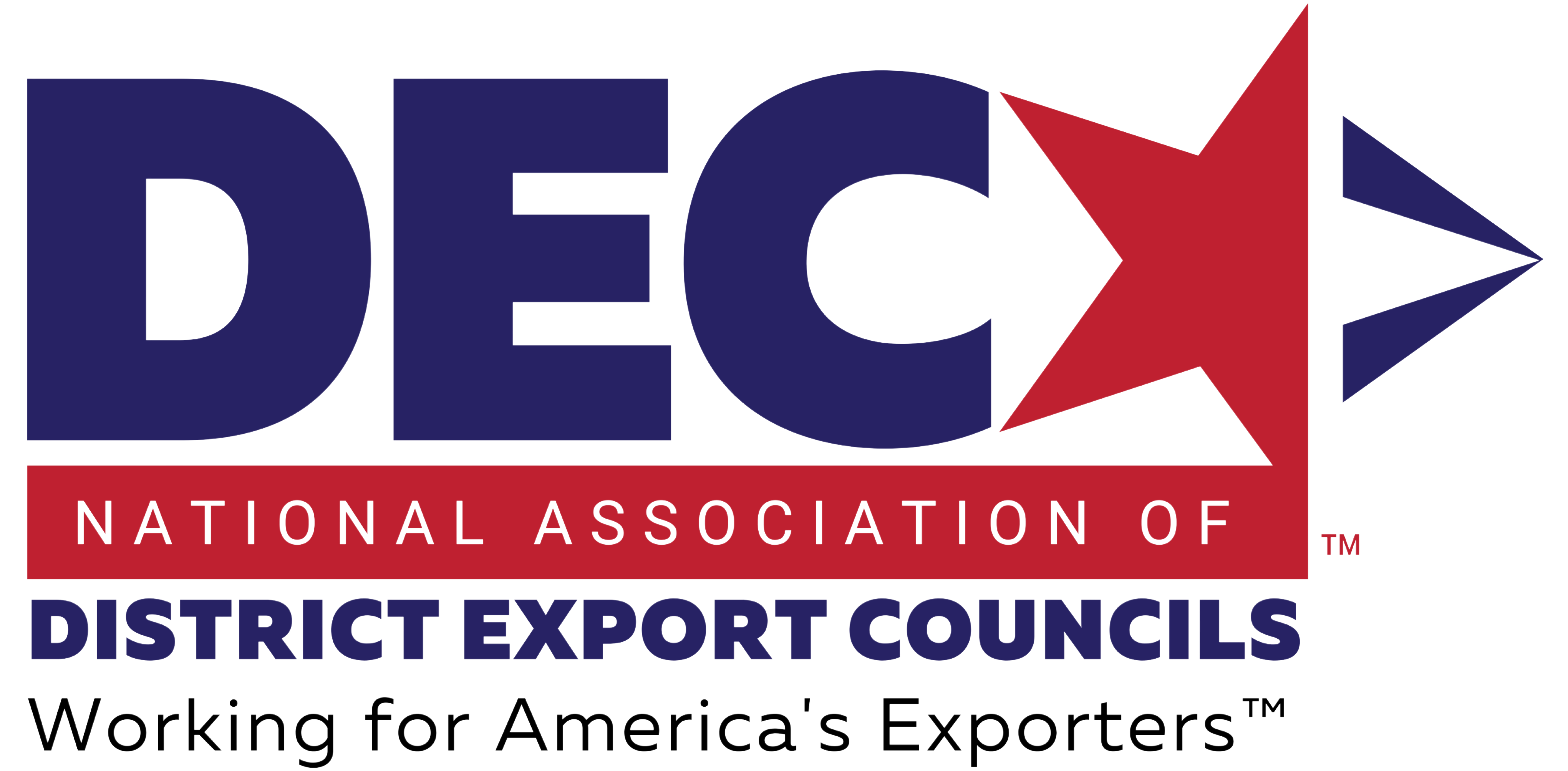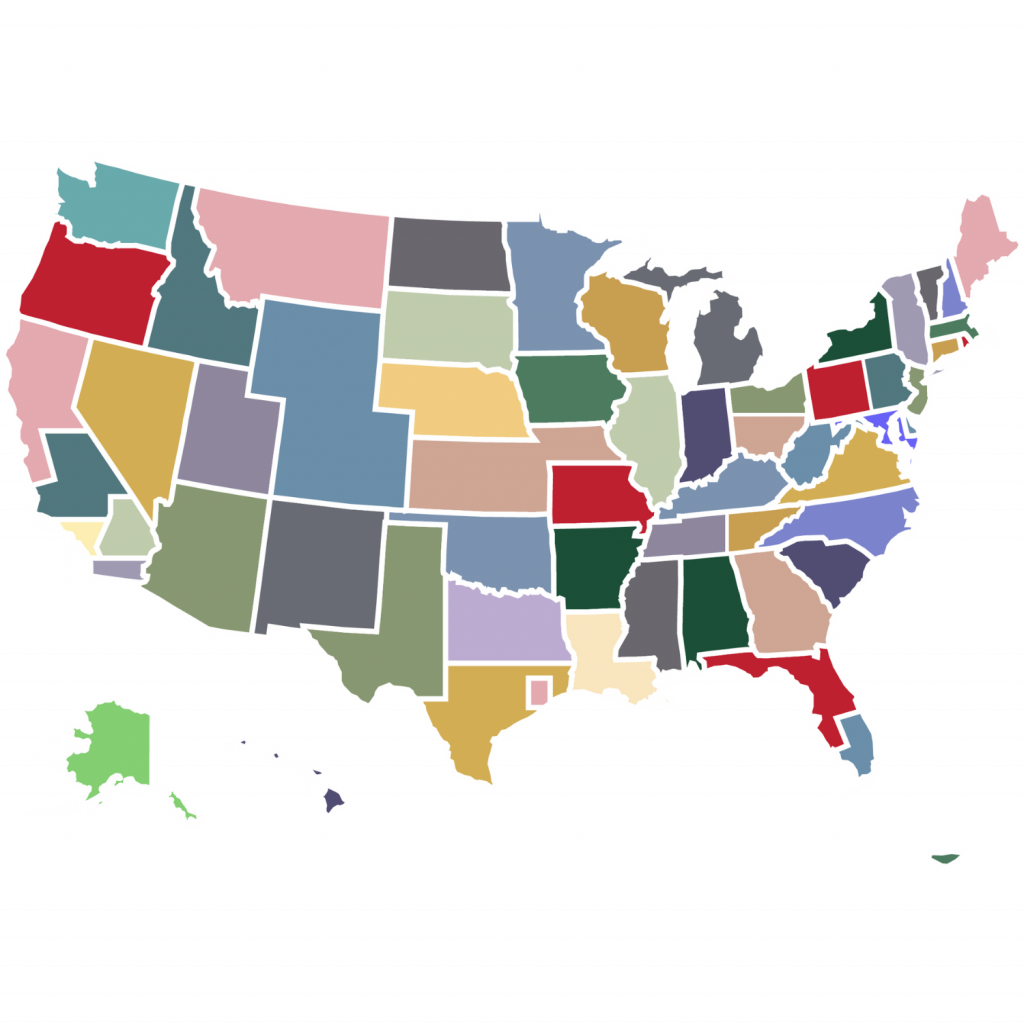Source: U.S. Chamber of Commerce
Signed on December 17, 1992, the North American Free Trade Agreement (NAFTA) entered into force on January 1, 1994. Many of its provisions were implemented immediately or within a few years, but a final handful of trade barriers were lifted on January 1, 2008. As a result, North America has become a virtually tariff-free trade zone, and a host of nontariff barriers to international commerce have been eliminated as well. An estimated 14 million American jobs depend on the $3.5 billion in trade that moves across our borders with Canada and Mexico every day. Much of this trade depends directly on NAFTA, which has in turn enhanced the global competitiveness of North American industry in a rapidly changing global economy.
Amid a great deal of misinformation, understanding NAFTA is more important than ever. While the agreement’s impact has at times been exaggerated, it has proven to be one of the most important and beneficial trade agreements in U.S. history. The U.S. Chamber of Commerce urges elected officials and business leaders in Canada, Mexico, and the United States to build on this foundation in the years ahead and consider steps to modernize the terms of trade between our economies to spur economic growth and job creation here at home.
Executive Summary:
With a two-decade record to examine, it’s plain the North American Free Trade Agreement (NAFTA) has generated substantial new opportunities for U.S. workers, farmers, consumers, and businesses.
• Trade with Canada and Mexico supports nearly 14 million American jobs, and nearly 5 million of these jobs are supported by the increase in trade generated by NAFTA.
• The expansion of trade unleashed by NAFTA supports tens of thousands of jobs in each of the 50 states—and more than 100,000 jobs in each of 17 states.
• Since NAFTA entered into force in 1994, trade with Canada and Mexico has nearly quadrupled to $1.3 trillion, and the two countries buy more than one-third of U.S. merchandise exports.
• The United States ran a cumulative trade surplus in manufactured goods with Canada and Mexico of more than $79 billion over the past seven years (2008-2014). For services, the U.S. surplus was $41.8 billion in 2014 alone.
• NAFTA has been a boon to the competitiveness of U.S. manufacturers, which added more than 800,000 jobs in the four years after NAFTA entered into force. Canadians and Mexicans purchased $487 billion of U.S. manufactured goods in 2014, generating nearly $40,000 in export revenue for every American factory worker.
• NAFTA has been a bonanza for U.S. farmers and ranchers, helping U.S. agricultural exports to Canada and Mexico to increase by 350%.
• With new market access and clearer rules afforded by NAFTA, U.S. services exports to Canada and Mexico have tripled, rising from $27 billion in 1993 to $92 billion in 2014.
• Canada and Mexico are the top two export destinations for U.S. small and medium size enterprises, more than 125,000 of which sold their goods and services in Canada and Mexico in 2014.
Read the rest of the article here.

